The case is made of rosewood. The lid is inlaid with gold inlays. The central motif shows the owner's monogram (CSL?) under a marquis' crown. A key is used to lock the lock.
The interior is lined with blue velvet. The inside of the lid is signed in gold "Gastinne Renette Arqr Ordinaire de SM L'Empereur à Paris" under a motif with the large imperial arms on a bundle of flags. The case is complete with all its accessories: cleaning and loading rods, bullet mold, mallet, screwdriver, powder horn, notebook and primer box.
The two pistols are magnificently hollow-bottom engraved for both the wood and the metal.
The metal is colored in different ways. The breech, the plates and the fittings are gray. The thunder is red chalk bronzed. The barrels are tobacco bronzed. The rear plates both bear the inscription "Gastinne Renette". On the top of the barrel is inscribed in gold "Gastinne Renette Arqr de l'Empereur à Paris".
The renaissance mounts are made of ebony. All the fittings are engraved with garlands and floral motifs.
This pair of pistols is in all respects characteristic of the fashion in vogue under Napoleon III around 1860.
Gatinne Renette: In 1812, Albert Renette, a veteran of the Napoleonic armies, settled on the Champs-Élysées. He joined forces with Louis Gastinne, a military man who had been discharged due to numerous injuries received during his campaigns. He was granted the title of "arquebusier du roi" by the Restoration. In 1834, Louis Gastinne's son, Louis-Julien Gastinne, married Albert Renette's daughter, Joséphine Adèle. They moved to the corner of Avenue Montaigne, Avenue Franklin D. Roosevelt and the Rond-Point des Champs-Élysées. After the proclamation of the Empire in December 1852, Maison Gastinne Renette became the official supplier to Napoleon III and the Imperial Court.









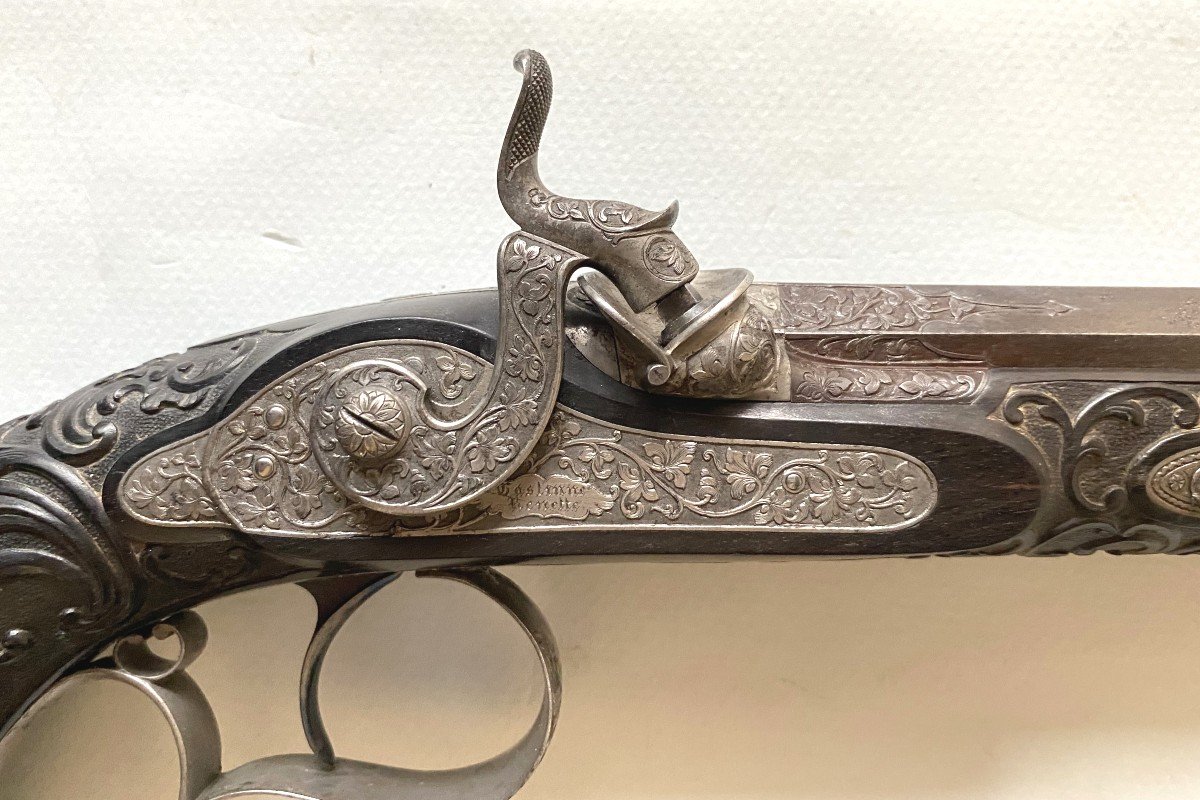



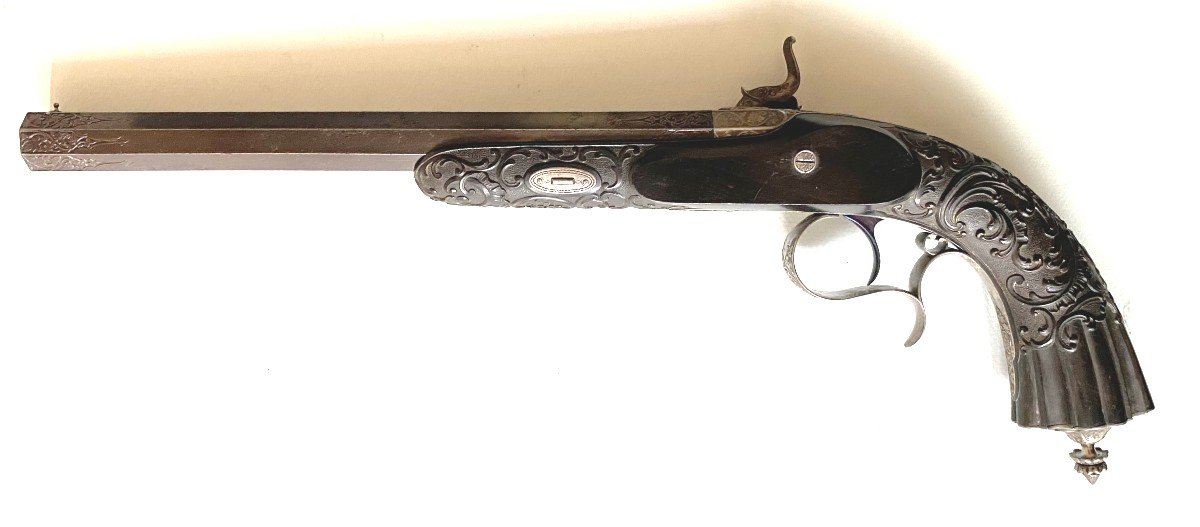




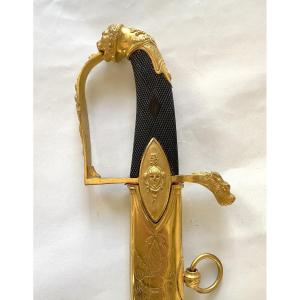
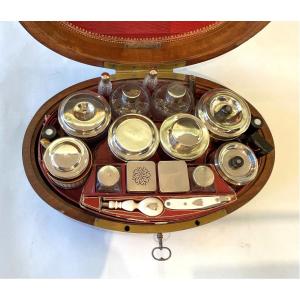

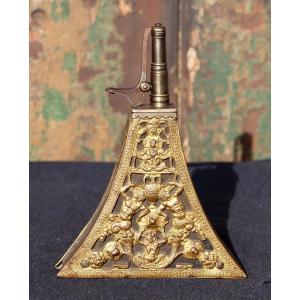








 Le Magazine de PROANTIC
Le Magazine de PROANTIC TRÉSORS Magazine
TRÉSORS Magazine Rivista Artiquariato
Rivista Artiquariato
